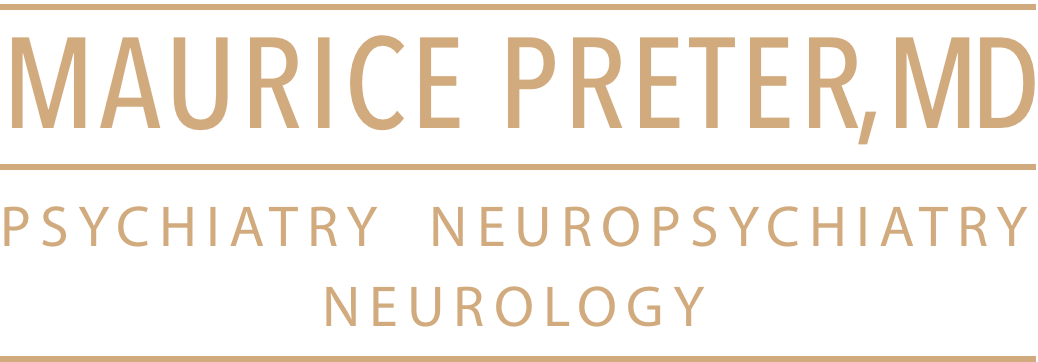An important article by Gopal and Bursztajn on the limitations of manual-driven diagnosis (and treatment). It starts:
>>The American Psychiatric Association’s Diagnostic and Statistical Manual (DSM),1 which was most recently revised in 2000 with DSM, fourth edition, text revision (DSM-IV- TR), has been helpful in promoting inter-rater reliability or agreement among clinicians. This reliability has been achieved by moving from a causation-heavy, narrative-rich system to a causation-free, narrative- and context-empty system of diagnostic categories. However, as helpful as an increased degree of agreement among clinicians may be, this measure of the reliability of a diagnosis does not indicate if the diagnosis is valid. A challenge for those involved in the construction of the DSM, fifth edition (DSM-V) is how to retain the strength of reliability and increase diagnostic validity. When decisions need to be made quickly, heuristic processes are more likely to be used,2 reacting to the need for speed with simplifying strategies for diagnostic decision-making. However, when clinicians lack the time to check if the processes they used have led to a fundamentally misleading diagnosis,errors are more likely to go unnoticed. With insufficient time to learn about individual patients, and to observe them, there is a growing tendency to make premature cognitive commitments to diagnoses that fit the menu or bulletpoint layout of the DSM.3 Heuristic approaches are routinely employed to limit potential information overload in diagnostic decision-making.4 Unfortunately, reliance on simplifying procedures may introduce unintended biases, which are magnified by the categorical structure of the DSM.In this context, recent work on Holocaust survivors has shown that posttraumatic stress disorder (PTSD) combined with psychosis presents a diagnostic and clinical challenge.5 Throughout the course of repeated diagnostic interviews, PTSD symptoms decreased for some of these survivors; however, this does not mean that PTSD disappeared from their lives.
